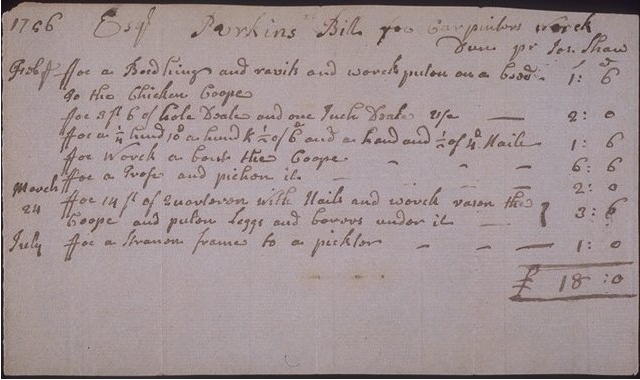Many organizations can profit by enhancing their invoicing procedures. Directly, this occurs by reducing costs and avoiding errors. Indirectly, it leads to improved outcomes (increased revenue), enhanced customer satisfaction, accelerating the go-to-market process, and enabling alternative propositions.
This is the initial part of a series of articles concerning the invoicing process. The common theme: optimizing invoicing processes. Subsequent parts will delve deeper, analyzing potential improvement areas for each sub-process. Currently, we foresee covering the following topics:
- Part 2: Data Collection
- Part 3: Pricing
- Part 4: Invoice Production and Distribution
- Part 5: The Collection Process
The Invoice
Everyone knows what an invoice is. Wikipedia provides a simple definition: “an invoice is a document that represents a payment obligation from a customer to a supplier”. Invoices have existed for a long time; well-readable examples from the Roman era have been found in excavations. The following example is from an English carpenter named Jos Shaw. He created this invoice in 1756. Remarkably, the essence of this invoice in 2016 remains as crystal clear as it was then (though it’s important to note that there are 12 pence in a shilling).
Invoicing
By ‘invoicing,’ we mean the creation, distribution, and collection of invoices. It’s less rigidly defined what falls under this term. Jos Shaw utilized a manual process that likely suited his practice well. Interestingly, many businesses still use (partially) manual processes, although this is less visible in the form of handwritten invoices.
Legal requirements and compliance
Invoices have specific requirements, in the Netherlands dictated by the Tax and Customs Administration. The regulations for creating invoices differ per country. Generally, the requirements for invoices between businesses (‘B2B’) differ from those towards consumers (‘B2C’). Invoicing to individuals, barring a few exceptions, is not obligatory. The regulations closely tie in with VAT. Requirements are also placed on (the quality of) the process, falling under the term ‘compliance.’ This can vary by industry. Larger (internationally operating, publicly listed) companies might impose stricter rules on themselves than those mandated by legislation. We’ll revisit this in a subsequent article.
The invoicing process
The invoicing process forms a crucial step in the entire order-to-cash process. Before the invoicing process, data is recorded or gathered. During the invoicing process, pricing occurs, providing the invoiced data with prices. Following the invoicing process is the collection process, also known as debtor management, resulting in successful payments (‘cash’).
A robust invoicing process facilitates these surrounding steps and optimally transforms data into paid revenue.
Optimizing invoicing processes: costs and returns
Invoicing is more than a necessary evil. Without invoicing, there’s no revenue! Looking beyond simplistic views, the quality of the invoicing process impacts the achieved results and customer satisfaction. We’ll delve extensively into this in the third part of this series. Less visible but crucial is the freedom in propositions and the time required to effect changes.
Often, focus remains on the direct costs of the invoicing process, where there’s also room for profit. Note, we’re not addressing handling incoming invoices but rather the outgoing invoice flow. Streamlining and automating (partially) manual processes can significantly reduce the headcount in a financial department. Surprisingly, unprocessed revenue often remains due to the inability to fully invoice certain usage streams. A correct invoicing process also allows for complete control of what you owe to your suppliers.
Why this series?
FIQAS specialists possess a wealth of experience in setting up, executing, and optimizing invoicing processes. The business cases we encounter are often narrowed down to one or two of the aforementioned aspects. Through this series of articles, we aim to encompass the broader context. In part two of this series, we’ll extensively cover processes and best practices concerning data collection.
Erik Henselmans
FIQAS has been an authority in invoicing processes since 1989, serving renowned clients domestically and internationally, operating from Aalsmeer.




